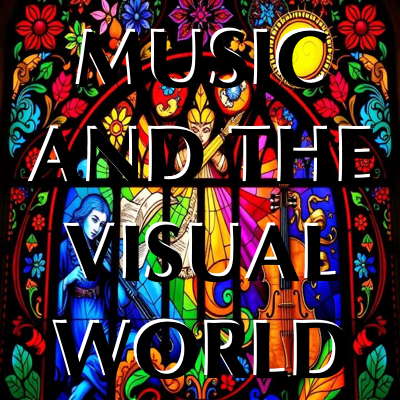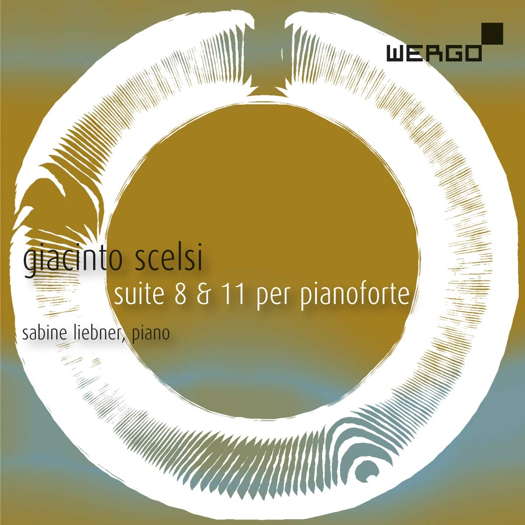- brass
- Conlon Nancarrow
- Albeniz
- Ivashkin
- Vecchi
- Massenet: Werther
- Francisco Caporale
- Mikhail Gorbachev
 DISCUSSION: John Dante Prevedini leads a discussion about Music and the Visual World, including contributions from Celia Craig, Halida Dinova and Yekaterina Lebedeva.
DISCUSSION: John Dante Prevedini leads a discussion about Music and the Visual World, including contributions from Celia Craig, Halida Dinova and Yekaterina Lebedeva.
 DISCUSSION: What is a work? John Dante Prevedini leads a discussion about The performing artist as co-creator, including contributions from Halida Dinova, Yekaterina Lebedeva, Béla Hartmann, David Arditti and Stephen Francis Vasta.
DISCUSSION: What is a work? John Dante Prevedini leads a discussion about The performing artist as co-creator, including contributions from Halida Dinova, Yekaterina Lebedeva, Béla Hartmann, David Arditti and Stephen Francis Vasta.

Tibet in Rome
GIUSEPPE PENNISI listens to piano music by twentieth century Italian composer Giacinto Scelsi
'The rendering by Sabine Liebner is spotless, in spite of the many traps of both scores.'
Giacinto Scelsi (1905-1988) had a polyhedral personality. He was a philosopher, a scholar of Eastern religions as well as a self-taught composer. As reported in Music & Vision Magazine ('Sophisticated Elegance', 10 January 2018), Scelsi as a musician remained largely unknown for most of his career. He did not have a formal musical education. Son of a very wealthy family, he and his sister were raised in their mother’s castle in Southern Italy with private tutors. In the castle, there was a piano; there he explored the world of music.
A series of concerts in the mid to late 1980s finally premiered many of his pieces to great acclaim, notably his orchestral masterpieces in October 1987 in Cologne, about a quarter of a century after those works had been composed and less than a year before the composer's death. Scelsi was able to attend the premiere and personally supervised the rehearsals. Belgian musicologist Harry Halbreich described the impact caused by the late discovery of Scelsi's works.
A whole chapter of recent musical history must be rewritten: the second half of the twentieth century is now unthinkable without Scelsi. He inaugurated a completely new way of making music, hitherto unknown in the West. In the early 1950s, there were few alternatives to serialism's straitjacket that did not lead back to the past. Then, toward 1960–61, came the shock of the discovery of Ligeti's Apparitions and Atmosphères. There were few people at the time who knew that Friedrich Cerha, in his orchestral cycle Spiegel, had already reached rather similar results, and nobody knew that there was a composer who had followed the same path years before, and in a far more radical way: Giacinto Scelsi himself.
Dutch musicologist Henk de Velde, alluding to Adorno speaking about Alban Berg, called Scelsi 'the Master of the yet smaller transition'. Harry Halbreich added that 'in fact, his music is only transition'.
Scelsi was also an idol of Ennio Morricone's Gruppo di Improvvisazione at the Nuova Consonanza Association. Morricone’s sixteen-minute track Omaggio a Giacinto Scelsi features on the album Musica Su Schemi, released in 1976.
The music of Scelsi was heard by millions in Martin Scorsese's 2010 film Shutter Island, in which excerpts of his two works Quattro pezzi su una nota sola and Uaxuctum (third movement) were played. In 2007, the Salzburg Summer Festival had a section called Kontinent Scelsi.
This long introduction explains the two piano suites composed in 1952 and 1956 when Scelsi was fully immersed in Far Eastern studies and religion. At that time, he had settled in Rome, after long spells in Paris and Switzerland. He was soaked in Tibetan culture and music, even though he did not travel often to that part of the world. He knew the music mostly through recordings. The subtitle of the 1952 suite, Bot-Ba, means 'Tibetan'.
The six short movements of Piano Suite No 8 are imbued with Tibetan rituals. In the first movement, pitch repetitions, tremolos and trills cause the sound to permanently vibrate.
Listen — Giacinto Scelsi: I (Piano Suite No 8)
(track 1, 0:01-0:47) ℗ 2020 Wergo :
After a second movement almost in a rondo form, two types of sound alternate in the third movement with a repeated high pitch – a real virtuoso piece for Sabine Liebner, the pianist on this CD.
Listen — Giacinto Scelsi: III (Piano Suite No 8)
(track 3, 3:15-4:04) ℗ 2020 Wergo :
The fourth movement is in two parts and leaves room for improvisational freedom: it ends with a B natural in the lowest octave. It is to be read as a preparation to a very peaceful fifth movement and to a complex three-part sixth and final movement.
Listen — Giacinto Scelsi: VI (Piano Suite No 8)
(track 6, 4:07-4:53) ℗ 2020 Wergo :
The nine movements of Piano Suite No 11 were most probably composed independently and separately, and assembled quite late in the composer's life, at least in the final form. Even though dated 1956, the suite was premiered in 1988 in Perugia, a few months after the composer’s death. It is longer and more elaborate then suite No 8 as shown, for instance, by the crystalline arpeggio in E minor of the second movement and by the quiet final section of the fourth movement almost echoing a funeral march.
Listen — Giacinto Scelsi: IV (Piano Suite No 11)
(track 10, 6:14-7:04) ℗ 2020 Wergo :
In the fifth movement, there's a Tibetan music outburst in the percussive chords.
Listen — Giacinto Scelsi: V (Piano Suite No 11)
(track 11, 0:00-0:50) ℗ 2020 Wergo :
The final movement has clusters - a very abstract quality interrupted or augmented by fast repeating high pitches.
Listen — Giacinto Scelsi: IX (Piano Suite No 11)
(track 15, 2:55-3:48) ℗ 2020 Wergo :
The rendering by Sabine Liebner is spotless, in spite of the many traps of both scores.
A very interesting CD to learn about an important yet not adequately known side of twentieth century music.
Copyright © 9 August 2021
Giuseppe Pennisi,
Rome, Italy

CD INFORMATION - GIACINTO SCELSI: PIANO SUITES
MORE TWENTIETH CENTURY MUSIC ARTICLES


